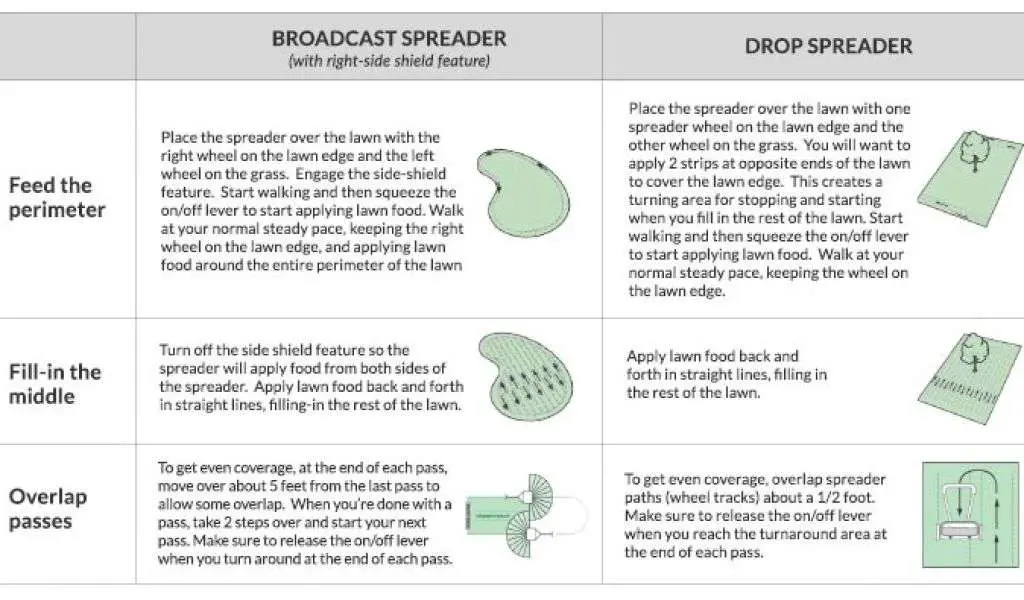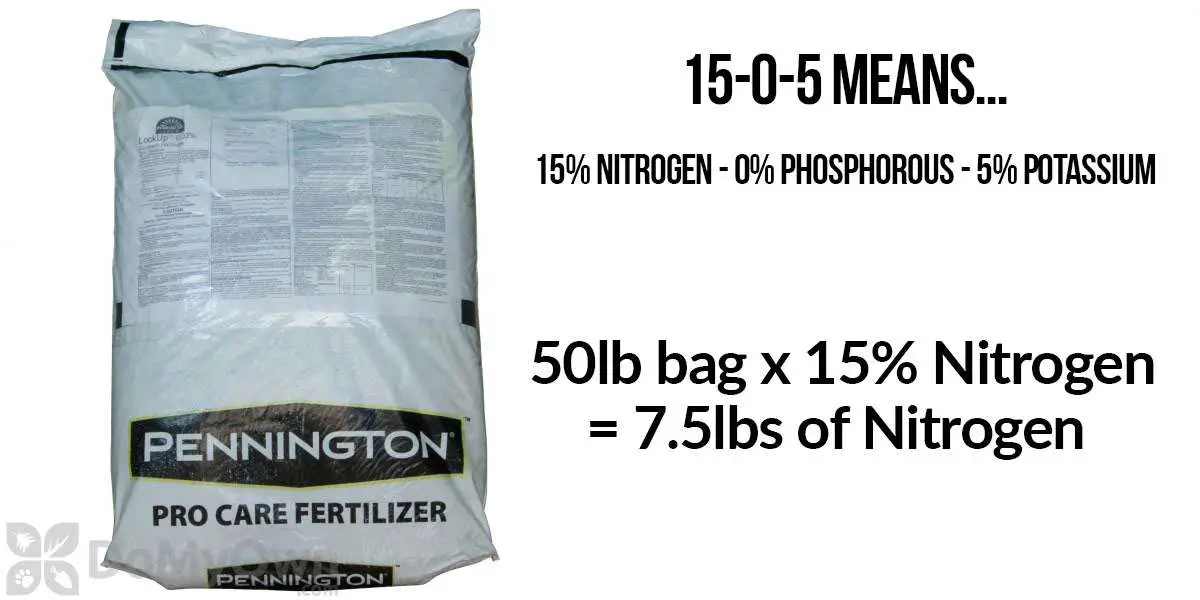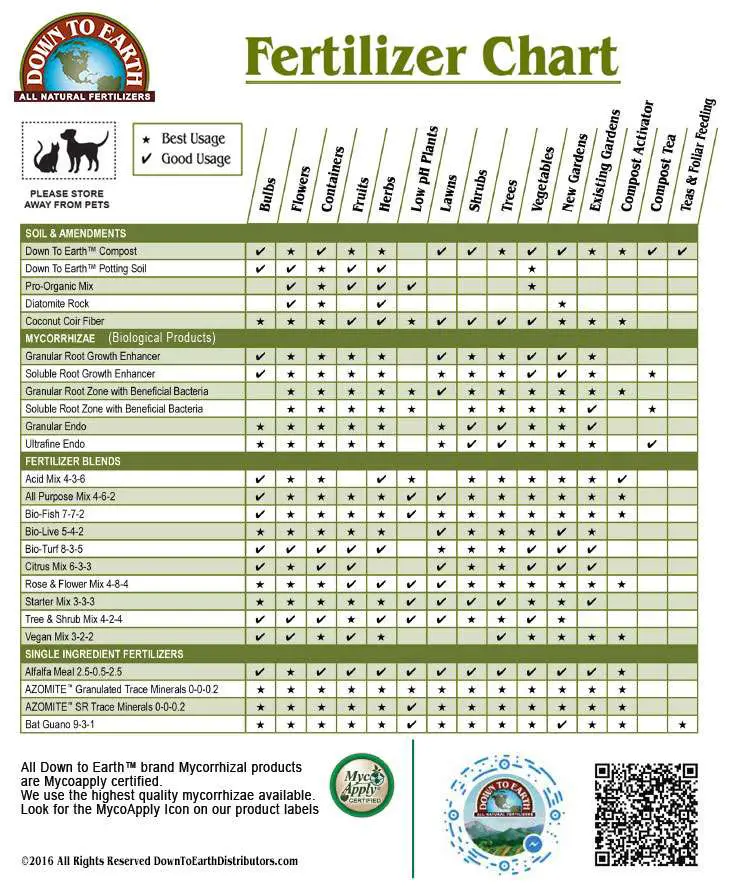How To Measure Your Lawn For Sod
Heres how to measure your yard for sod. Grab a piece of paper and draw the areas to be sodded. Break up the areas into the shapes listed below. Measure the areas and write down your measurements. Now, enter your measurements into our Sod Area Calculator. Or, figure out the sq.ft. of your areas based on the equations listed below and total.
Square or Rectangle
To figure the area of a square or rectangle, measure the Length & Width and multiply.Length x Width = Area12 x 24 = 288 sq.ft.
Right Triangle
A Right Triangle has one 90º corner. To figure the area of a right triangle, multiply the two sides that contact the right angle and divide by 2Length x Width / 2 = Area12 x 24 = 288 ÷ 2 = 144 sq.ft.
Circle, 1/2 Circle, 1/4 Circle
To figure the area of a circle, take the radius times the radius, then multiply by 3.14. Radius is a straight line from the center of a circle to the outside of the circle. x 3.14 = Area6 x 6 = 36 x 3.14 = 113 sq.ft.Half Circle divide by 26 x 6 = 36 x 3.14 = 113 / 2 = 56.5 sq.ft.Quarter Circle divide by 46 x 6 = 36 x 3.14 = 113 / 4 = 28.25 sq.ft.
Also Check: Kill Ferns
Measuring Fertilizer Application Rate
The fertilizer application rate is dependent on your plants nutrient needs and the formula. Nitrogen is the most important nutrient as it determines its growth and utilizes the chlorophyll within the plant.
Start a soil test to measure the potassium and phosphorus within the fertilizer. Most soils have an ample amount of these components, so you dont have to add too much. Giving your soil too much of these nutrients will lead to increased salt levels within the soil.
How much fertilizer will you need for a large area? Determine the square feet of the area and divide that by the recommended amount of nutrients of the plant by the recommended amount of nutrients for the fertilizer.
While weighing fertilizer appears complicated, it is the best way to utilize space on your lawn. Find the NPK ratio that works best with your soil and spread it evenly. By doing this, youll utilize your garden and give it the nutrients needed for long-term growth.
The Best Option To Measure Your Lawn Area
Please take 5 minutes to get the app below, it might just save you from a costly mistake on measuring.
If you have an iPhone under utilities is a measure app that can be used to calculate distance or a great app that we use is:
This app simply walks you around your yard as you click on points and gives you a total square footage. Ive used it hundreds of time with almost perfect measurements.
After you have your measurements, visit the link below to get an instant price on your sod or an installation estimate:
You May Like: When Should Lawn Aeration Be Done
Calculating Npk In Liquid Fertilizers
The first thing that you need to know when calculating the weight of Nitrogen, Phosphorus or Potassium in your fertilizer is to figure out the percentage rates of N-P-K.
The rates are expressed as three numbers separated by dashes. They will be on the packaging of your fertilizer and look like this: 16-4-8.
We will use our 1 Gallon Advanced 16-4-8 Lawn Food for this example.
The first number represents Nitrogen, the middle number Phosphorus, and the third number all the way to the right is Potassium. This means that 16% of the product is made up of Nitrogen, 4% of Phosphorus, and 8% Potassium.
First, you must figure out your products weight. This number is on the packaging represented in pounds or kilograms . For this example, we will take the product weight per gallon and multiply it by the percentage of our nutrient . A gallon of this product weighs approximately 10.32 pounds.
Total weight of product x percent of Nitrogen = Pounds of N in 1 gallon
10.32 x 0.16 = 1.65
Now you must determine what is the amount of N per ounce. Since there are 128 ounces in 1 gallon, we will divide the weight of N by 128 ounces. This will help you determine how much product to water ratio you need in your backpack sprayer.
Weight of N / Total Ounces of Product = Amount of N per 1 ounce
1.65 / 128 = 0.0129
Ounces per 1,000 square feet x Nitrogen per 1 ounce = Total weight of N per 1,000 square feet
10 x 0.0129 = .129 pounds of Nitrogen per 1,000 square feet
The Importance Of Measuring Your Lawn

One of the most common questions that I get asked these days, especially in the spring, is, Allyn, how much fertilizer do I put on the lawn? And in todays Toro Yard Hack, Im going to give you the first step to answering that question by throwing a question back at you. And that is, how big is your lawn? You see, because any product that you apply to your lawn is going to have a label. And the labels going to have instructions that tell you the application rates for your particular situation. And thats why knowing your square footage, or your lawn size, is so important, because thats the first step to understanding how much you need to put down.
Don’t Miss: How Do I Treat Clover In My Lawn
How To Measure Your Irregularly Shaped Lawn
So, your garden is a bit of a tricky shape. It can be difficult to find the exact area of an irregularly shaped garden but it can also be done! As a guide we recommend you firstly divide your irregularly shaped lawn into sections of regular shapes, for example, circle, square and triangle. These will be more manageable sections which are easier to measure. See the below image for an example of how to measure an irregularly shaped lawn by using the circle and rectangle formulas.
You May Like: Can Dead Grass Be Revived
My Lawn Size Calculator
After becoming frustrated with some of the shortcomings of other tools, I decided to hire a developer to create exactly what I wanted.
My Lawn Size Calculator has some functions and features that set it apart from anything else currently found online, including:
- The ability to save your lawn map and have a private link emailed to you so you dont have to re-created your lawn map again and again.
- A dynamic fertilizer recommendation with the exact number of bags youll need to purchase to cover the property youve mapped.
- The ability to map individual lawn areas as part of a single lawn measurement/map so you can spread your products with greater accuracy.
- The option to highlight and subtract floating outbuildings, garden beds, patios, driveways, etc. from your square footage total to save time and money by accurately measuring your lawns size.
My tool is brand new in 2022, free to use, and I hope youll check it out and give it a try by clicking right here.
You May Like: When Can You Water Your Lawn
How Big Is Your Lawn
A key step in most lawn maintenance practices such as seeding and fertilizing as well as with double-checking your calibration and application accuracy is to determine the size of the turf area. Determining your lawn area will help you calculate how much seed you need, how much sod to order, how much fertilizer to apply, how much pesticide to measure, and more.
The best way to do determine the area is to divide your turf into several squares, rectangles, or circles . Calculate the area of these smaller shapes and then add them together to determine the total size of the turf.
| Figure 1. Common shapes and how to calculate their area. |
| Figure 2. An example property with dimensions for its lawn, hardscape, landscape, and house. |
Area Calculation Example This example illustrates how you might calculate the area of your lawn. The measurements for this example come from Figure 2.
In this example, the easiest method is to calculate the total area of the property, and then subtract the hard surfaces from that to get the total area of the lawn.
| Section of Property |
| 3,779 |
The total turfgrass area of the lawn is 3,779 square feet.
Aaron Patton, Turfgrass Extension Specialist
How To Calculate Pounds Of Npk In Fertilizer
Calculating the amount of fertilizer in your turfgrass or gardening program can be a bit confusing. Just like the human body requires vitamins, minerals, and nutrients, so do plants. Keeping your lawn and garden supplied with the correct amount of nutrients will help it grow stronger and greener, and increase yields. A healthier lawn and garden will also fare better in its disease resistance.
You May Like: What Is The Top Rated Zero Turn Lawn Mower
Determining The Amount Of Fertilizer To Use
After finding your lawns total square footage, you can check the label on your fertilizer for the percentage of nitrogen that it contains. In order to find this number, look for a three-number series on the bag. Nitrogen will always be the first number listed. Next, determine the pounds of fertilizer you will need to apply based on the percentage of nitrogen, printed recommendations on the bag, and the pre-calculated square footage of your yard.
Best Lawn Fertilizer Ratio
The standard ratio recommended when fertilizing your lawn is 3-1-2 however, this is not constant because you would need to determine the number of existing soil nutrients to avoid over-fertilizing problems or one fertilizing.
Most fertilizers package their products with a predetermined ratio, so all you need is to apply.
Recommended Reading: How Often Do You Fertilize Your Lawn
How Much Should I Water My Lawn After Fertilizing
The amount of water available beneath the ground on your lawn is directly proportional to the amount of available fertilizer, so the more you water your lawn, the more you must be required to fertilize your lawn.
Be sure to keep a balance between the amount of fertilizer needed and water to achieve consistent growth within your lawn.
You can capitalize on mechanized watering systems, such as the use of a sprinkler to ensure that your lawn is evenly watered. Again, the type of fertilizer used will determine the frequency of watering on the lawn.
Using A Quality Fertiliser

In short, there are three main elements required to properly feed and fertilise your lawn effectively and efficiently, they are Nitrogen, Potassium and Phosphorus.
So, before choosing the best fertiliser you must understand what these three elements do:
Nitrogen gives your lawn its rich, green colour and creates strong, sturdy leaves.
Potassium works with N to make the roots and foliage stronger. It gives your lawn a greater chance of resisting drought, wear and tear as well as pests and diseases.
Phosphorus works underground making your lawns roots strong, especially heading into winter.
A good quality fertiliser contains all the main elements that your lawn requires and is suitable for your lawn type.
Good quality fertilisers can either be liquid or granular depending on your budget and lawns requirements.
Recommended Reading: How To Get Rid Of Dollar Weed In Your Lawn
How Often To Fertilize A Lawn
The recommended frequency for fertilizing your lawn can be anywhere between 5-6 times per year. It would be better to fertilize your grass when its growth rate is at its peak.
However, it would help consider other factors such as the prevailing climatic conditions and the season for better results.
Measuring Your Lawn The Right Way
Measuring your lawn is more than just throwing a tape measure around. Rarely is a lawn a perfect square, and you can almost always rely on something blocking you from measuring in a straight line from one end to the other.
Using a copy of the documents showing your property lines and an aerial view of your home from Google Maps, break your lawn into small, measurable sections. Make the sections as square as possible to ease the calculation process and number them for easy tracking.
With the sections mapped out, there are a few ways to get the measurements you need. You can go old school with a tape measure or measuring wheel, or you can venture into the 21st century and let a computer do the work with estimating software.
Also Check: What Is The Best Riding Lawn Mower Battery
What Do You Do If You Burn Your Lawn With Fertilizer
Water your lawn with a sufficient amount of water as soon as you spot patches on your grass.
The first sign of excess fertilizer application on grass is the appearance of yellow and brown patches on the grass. This effect can be undone by watering the lawn adequately before the damage becomes permanent.
Chances of your grass experiencing sun damage are high during this phase, so the best time to water the lawn is in the early morning and the evening.
Allow the affected area a few, days and if they are no significant change, uproot the affected patches to allow for new grass growth.
How To Measure Your Lawn For Fertilizer
For many homeowners, fertilizer is a key ingredient in achieving a lush, green lawn, but knowing how much to apply can be tricky. Under fertilize and you wont get the results you wanted. Over fertilize and you could burn your grass. In order to apply just the right amount, you must measure your lawn and take vital calculations before the application process can begin.
Don’t Miss: Who Makes White Lawn Mowers
The Roles Of N P And K
Nitrogen greens up your lawn and helps it grow. Phosphorous stimulates root growth and helps seeds sprout. Potassium helps grass withstand stresses like disease and drought. That’s why Scotts® Turf Builder® Starter® Food for New Grass contains Phosphorous it helps new grass establish a good root system.
Plan Your Route Half Your Material
One of the biggest mistakes people make when using a broadcast or drop spreader is to put all of the material needed to seed, fertilize, or treat their lawn in the hopper.
Do so and you risk running out of product before you finish walking your lawn .
Its a big problem heres how to avoid it:
- Once you calculate your lawn size and understand how much material you need to spread in that area, split your fertilizer or seed in half. Add half to the hopper, and start by putting a header strip around the perimeter of your lawn area
- Next, finish spreading the first half of your fertilizer by traveling back and forth across your lawn inside your header strip.
- Finally, load up the other half and walk in the opposite direction across your entire lawn.
This allows you to get complete, even coverage across your entire yard while applying the perfect amount of fertilizer, grass seed, soil amendment, or herbicide product.
Header strip followed by North to South fertilization path for the first half of your fertilizerSpread the second half of your material in an East to West pattern to ensure even coverage across your entire lawn
And if you are applying liquid fertilizer or herbicide across your lawn, you can take a similar approach to ensure even coverage and to make certain you arent wasting any of your material on the street, sidewalk, or walkways around the perimeter of your yard.
You can find links to all of those pages right here:
Read Also: How To Remove Weeds From Lawn
What Days Of The Month Are You Fertile
Ovulation happens about 14 days before your period starts. If your average menstrual cycle is 28 days, you ovulate around day 14, and your most fertile days are days 12, 13 and 14. If your average menstrual cycle is 35 days ovulation happens around day 21 and your most fertile days are days 19,20 and 21.
Choose Your Strategy For Measuring

Additionally, knowing your lawn size can help you choose the right lawn mower for your situation. Do you need a smaller deck? Or a wider one thats going to cut more area a lot quicker? For me, of course, the more I get to mow, the better.
For Toro, Im Allyn Hane, The Lawn Care Nut. As always, thanks for watching and Ill see you in the lawn.
Recommended Reading: How Do You Treat Lawn Fungus
Using A Lawn Expert For Fertilizer Application
While calculating the appropriate amount of fertilizer and applying it correctly can be frustrating, doing the job well will offer some major benefits by way of a healthy, beautiful lawn. If you feel overwhelmed by the process or would simply like some help, consider contacting lawn care experts like those at Chorbie. Our team of pros can take all the guesswork out of fertilizer application, leaving you with nothing to do but reap the rewards.
